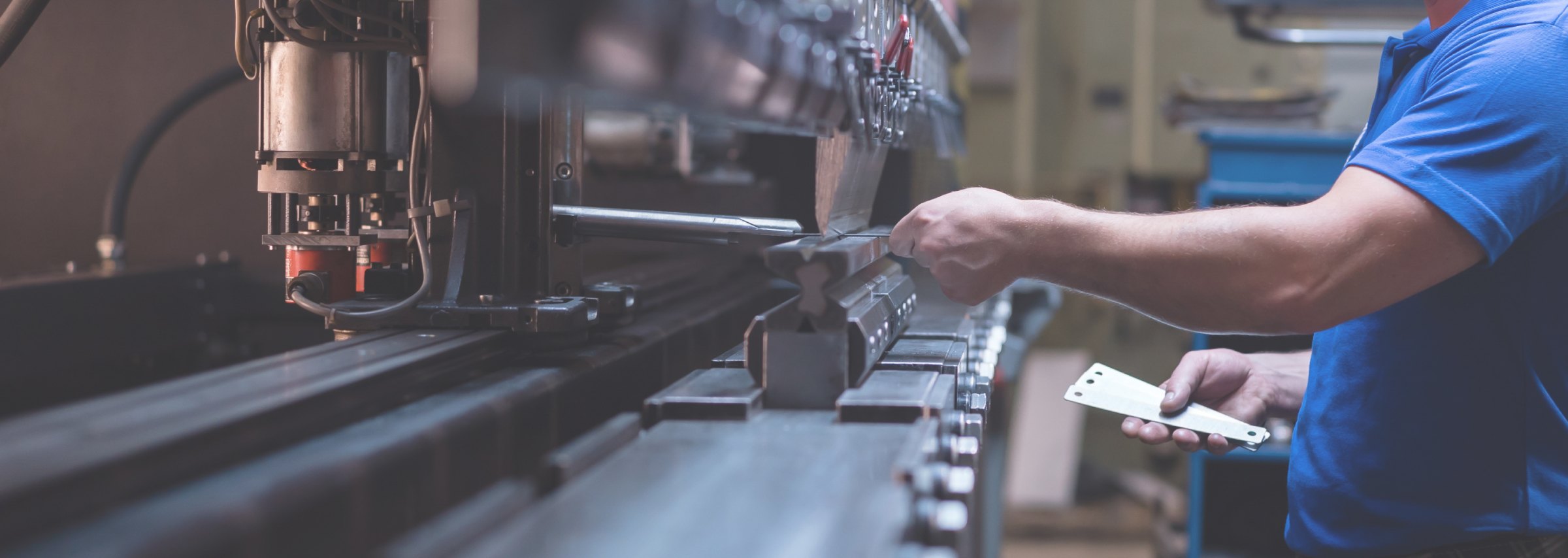
09 Feb 2021 A lean, green print room
Changes that can make an impact: How to “Green Up” your print room
There’s no hiding it; the print industry creates a huge amount of waste that ends up in landfill every day, and consumers are becoming more aware of this, choosing instead to purchase from companies that have sustainable packaging practices.
But when things have been done the same way for so long, how do print houses keep up with new consumer demands?
Building your Green Print Room
Find a sustainable suppliers
A sustainable procurement process means before your products even arrive, you’ve already supported recycled materials, saved resources and landfill space.
This can include finding soy or water based inks and dyes with a lower environmental impact, that don’t release as many harmful chemicals into the environment when they break down.
Biodegradable substrates are also now in good supply. Some substrates even have seeds in them, so they grow plants as they break down.
Using companies that supply products with the least amount of packaging possible is also an excellent place to start.
Streamline your processes
By making your print process as efficient and streamlined as possible, you can reduce your environmental impact.
Making sure that substrate is used sparingly through press set ups, waste is reduced to the smallest possible volume, and putting visions systems in place to reduce the chance of mistakes and meters upon meters of wasted substrate, are effective ways to reduce your environmental impact, and your costs.
Lose a press, gain your freedom
Many companies have found that by moving toward digital print and away from flexo or offset has given them freedom and flexibility to reduce the amount of waste they have, to choose the length of print runs, and change designs without the hassle of changing plates, anilox and blades.
The same goes for laser die cutting systems, which do away with the need for dies and make it exceptionally easy to change jobs.
Recycle
- Recycle your plates
- Close the Loop works with companies to reduce digital printing landfill and recycle all digital byproduct (depending on your brand of digital printer)
- Recycle your plastic waste, even your film. Separate your hard plastics and film plastics and organize a pick up
- Source substrates that eliminate waste, such as linerless label products, or ones that are easily recyclable.
Environmental impact is everyone’s concern. And although, the printing industry has been on the back foot for the last few years in terms of becoming ‘greener’, solid advances within our industry are making it easier and easier to follow sustainable, and environmentally friendlier practices so we can do our part to make sure we are preserving this planet for generations to come, and our industry!
